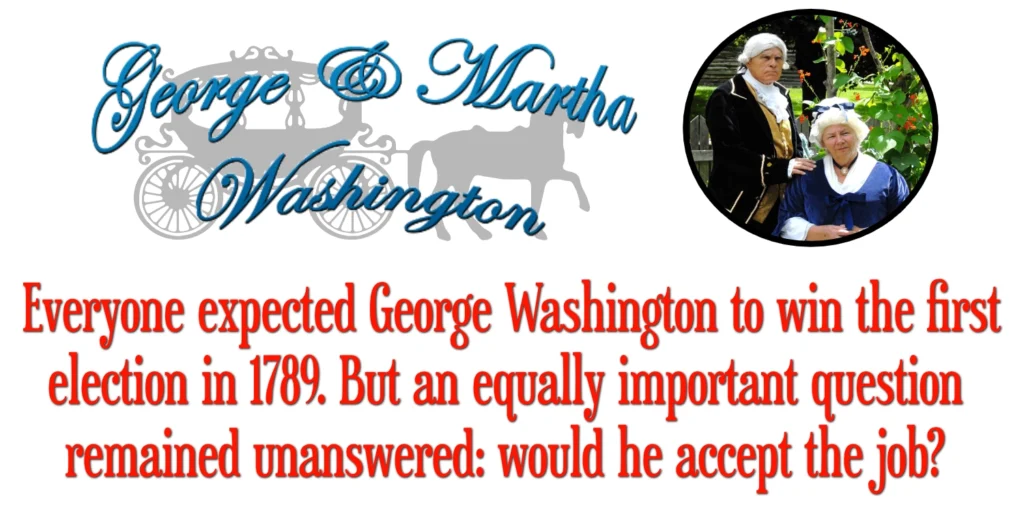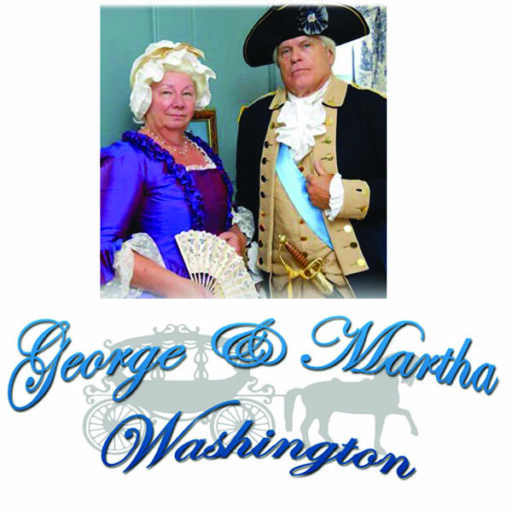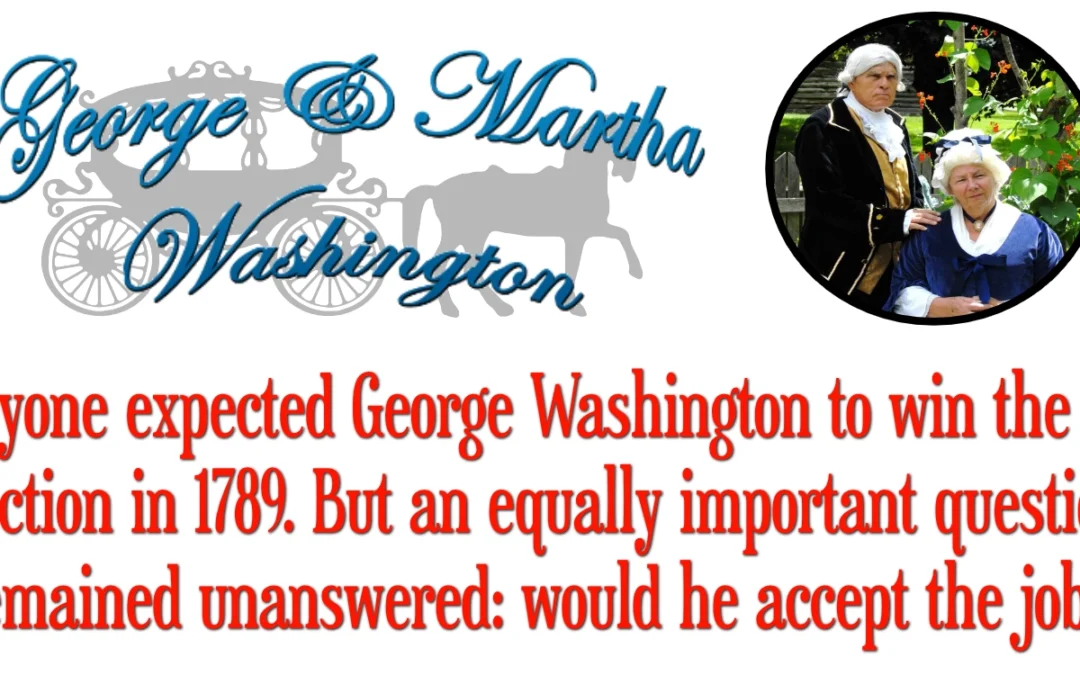George Washington’s Election in 1789
In the first U.S. presidential election in 1789, George Washington was unanimously elected president by the Electoral College. His election was largely uncontested due to his immense popularity as the commander-in-chief during the Revolutionary War and his role as president of the Constitutional Convention.
The election process and results | George Washington’s Election in 1789
The election took place before the formation of formal political parties, with the process and outcome governed by the newly ratified Constitution.
- A unanimous choice: Each of the 69 electors cast one of their two votes for Washington, making him the only president to be unanimously elected. His victory was certain, so there was no public campaigning on his part.
- The runners-up: Under the rules at the time, the candidate with the second-highest number of electoral votes became vice president. John Adams received 34 electoral votes and was elected vice president, and the remaining 35 votes were split among 10 other candidates.
- Partial participation: The election only included 10 of the 13 states. North Carolina and Rhode Island had not yet ratified the Constitution, while New York failed to choose its electors in time.
- Inauguration: After the electoral votes were counted by Congress in April 1789, Washington was inaugurated in New York City, the nation’s capital at the time, on April 30, 1789.

Reasons for Washington’s unanimous victory | George Washington’s Election in 1789
Washington’s victory reflected a national trust in his leadership, but he did not enter office without anxiety.
- Reluctant leader: Washington expressed a strong desire to retire from public life after the war. His reluctance to seek power only enhanced his image as a virtuous leader answering a patriotic call to duty.
- Military hero: His reputation was solidified by his military victory over the British, and his decision to relinquish his military power at the end of the war was widely respected.
- Symbol of unity: Amid a young, fragile nation, Washington was viewed as a unifying figure who represented the republican ideal of leadership. His presence was considered essential for the new government’s stability.
- Non-partisan image: With political factions beginning to emerge, Washington was not publicly aligned with any party. His neutral stance made him acceptable to a wide range of political interests.
Thanks for enjoying “George Washington’s Election in 1789” by GeorgeandMarthWashington.com
Thanks for reading this quote offered to you by GeorgeandMarthWashington.com. Learn more about the Elders by visiting their about us page. Please like and follow our Facebook Page today! Check out our schedule of upcoming presentations to us or schedule a presentation for your group today.

